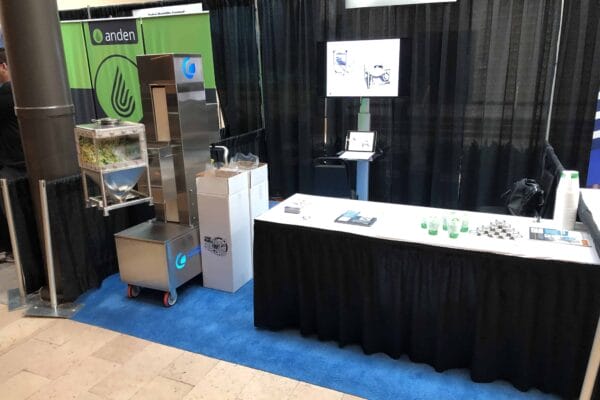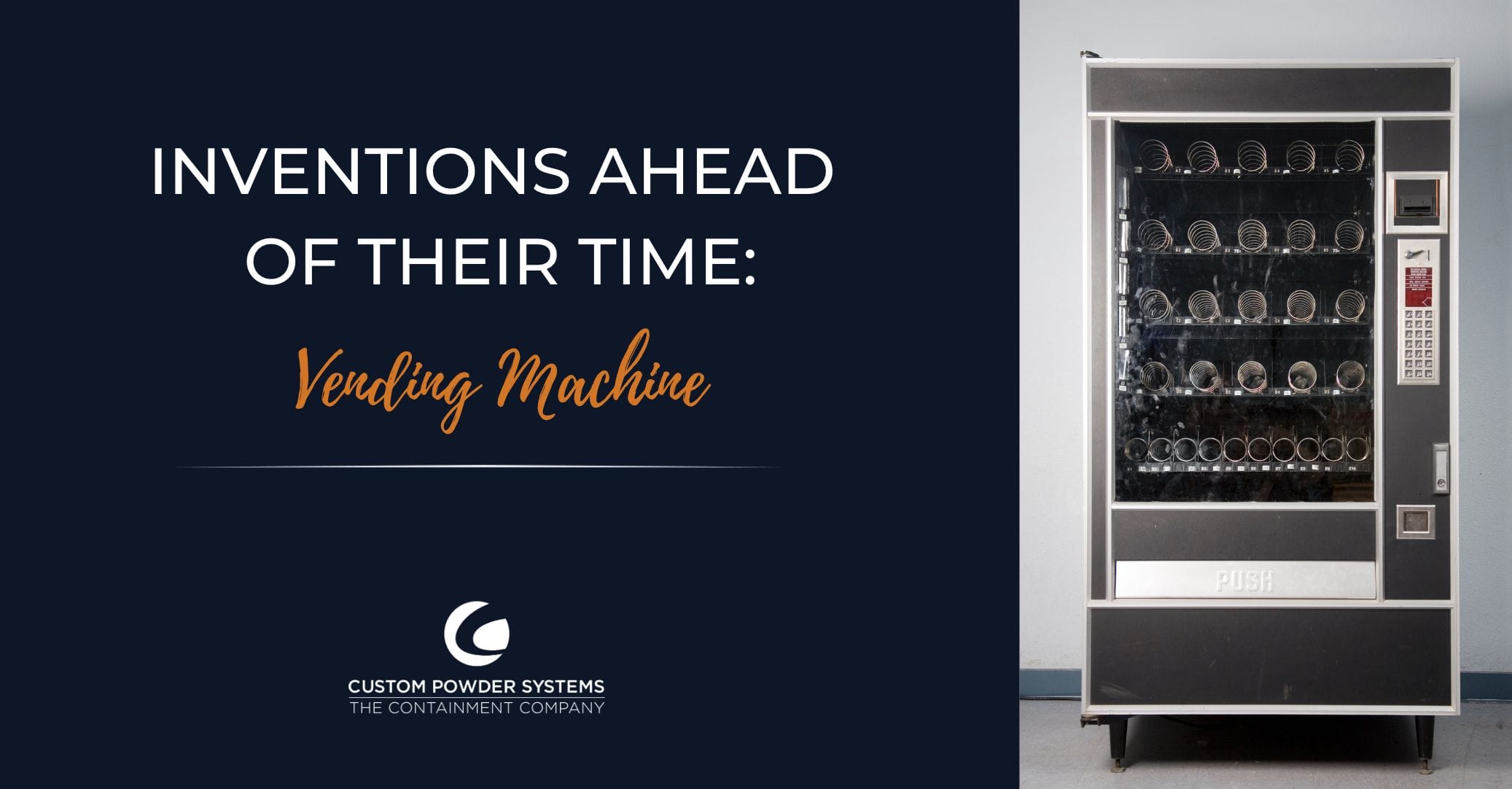Daily, we encounter automatic doors almost everywhere we go – from supermarkets to office buildings, airports, and even our favorite coffee shops. They have become integral to modern architecture, making our lives more convenient and efficient. But have you ever wondered about the origins of this remarkable invention? (Hint: The idea predates modern electricity!)
The concept of automatic doors may seem like a recent development, but their origins trace back further than you might imagine. The first known automatic door dates back to ancient times when the Greeks and Romans utilized hydraulics to operate doors with the help of pulleys and weights. However, it wasn’t until around the 20th century that true automatic doors began to take shape as we know them today.
Opening New Doors
The visionary behind the modern automatic door (and the first vending machine!) was Heron of Alexandria, a Greek engineer and mathematician who lived in the first century AD. Heron is credited with inventing the “pneumatica,” a series of mechanical devices powered by air pressure generated by fire, which included an early version of automatic doors. These doors, also known as “Heron’s doors,” operated using pneumatics and relied on compressed air to open and close.
Although Heron’s automatic doors were ingenious, they were undoubtedly ahead of their time. The technology required to create a practical and reliable automatic door system wasn’t available until much later. It was in the 20th century that significant advancements in electronics, sensors, and control systems paved the way for the widespread adoption of automatic doors.
When One Door Closes, Another One Opens
Centuries later, in 1931, American engineers Horace H. Raymond and Sheldon S. Roby developed an optical sensor for an automatic door that was installed at Wilcox’s Pier Restaurant in West Haven, Connecticut. This revolutionary piece of equipment allowed waitresses to seamlessly carry trays through doorways without kicking them open.
Then, in 1954, the American engineers Dee Horton and Lew Hewitt created the first commercial sliding automatic door, known as the “Horton Automatics.” These doors relied on an electric motor and a complex mechanism of gears and rollers to facilitate smooth opening and closing.
Not long after that, the advent of microprocessors in the 1970s brought a new level of sophistication to automatic door systems. With the ability to integrate sensors, timers, and logic circuits, these doors became more intelligent and responsive. This evolution improved safety features such as presence detectors, which use infrared or motion sensors to detect a person’s approach and trigger the door’s opening.
Leaving the Door Open
With time, automatic doors also evolved beyond just sliding motion, encompassing various types that suit different architectural designs and functional requirements. Swing doors, similar to those found in supermarkets, were introduced to accommodate high-traffic areas. These doors utilize sensors to detect a person’s approach and open in response, facilitating a seamless entry or exit experience. Revolving doors, popularized in the early 20th century, have also undergone automation. This variety combines the benefits of energy efficiency, security, and smooth traffic flow, making them ideal for busy entrances such as airports and hotels.
As technology continues to advance, the future of automatic doors looks promising. Integrating artificial intelligence and machine learning algorithms may enable doors to adapt and learn from human behavior, anticipating movement patterns and adjusting door operation accordingly. Furthermore, the emergence of touchless technologies, such as gesture recognition and voice control, may redefine the user experience, allowing individuals to simply wave their hands or give a voice command to effortlessly gain access to a building, eliminating the need for physical contact.
From Heron’s ancient pneumatic doors to the cutting-edge automated systems we have today, the evolution of automatic doors is a testament to human ingenuity and the relentless pursuit of convenience and efficiency. These remarkable inventions have forever transformed our daily lives, making entryways more accessible, enhancing security, and optimizing traffic flow.
To learn about more inventions ahead of their time, check out these stories about motorcycles, electric cars, and corrective lenses.
To learn more about Custom Powder Systems and the art of engineering, sign up for our newsletter.







